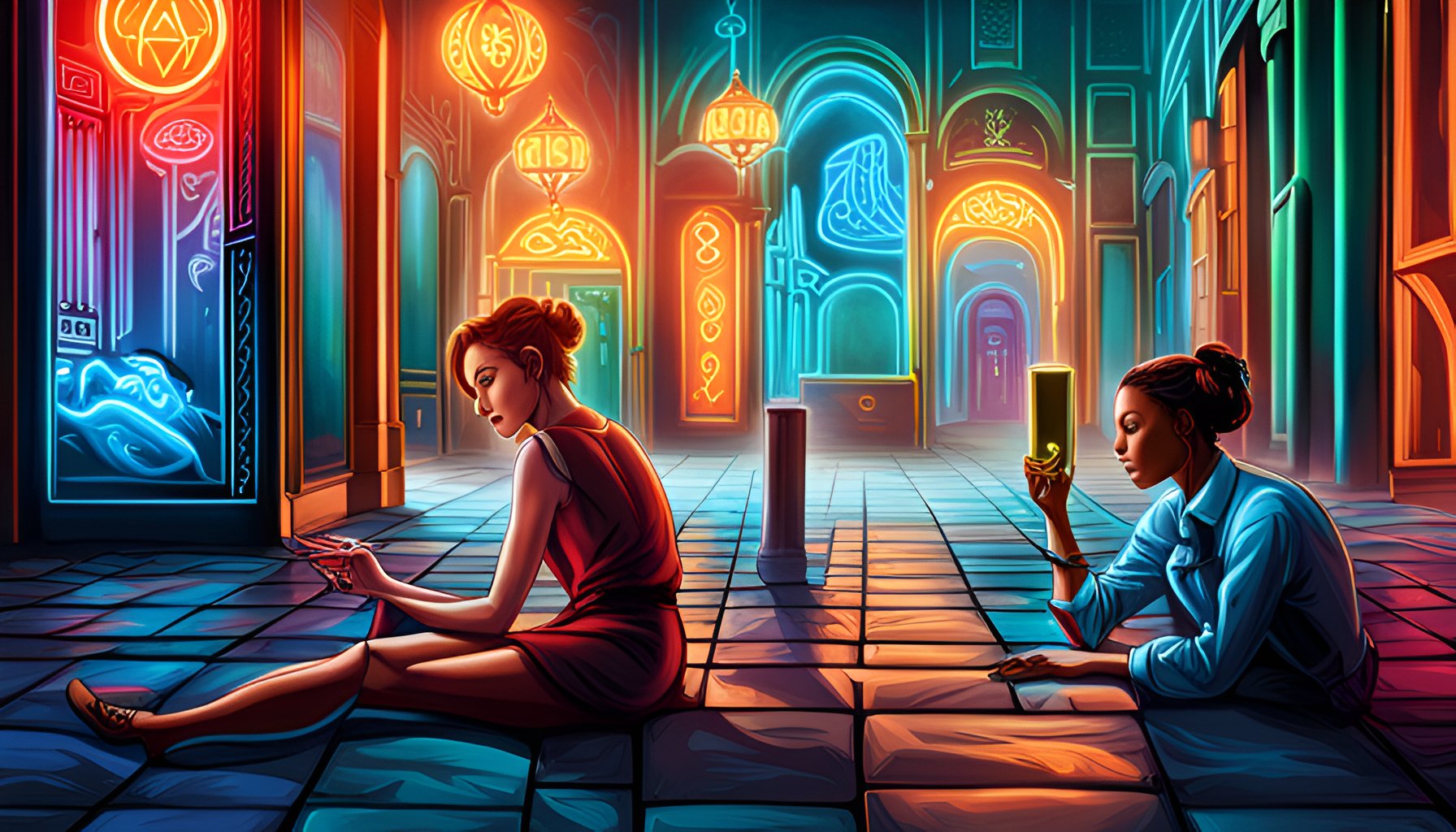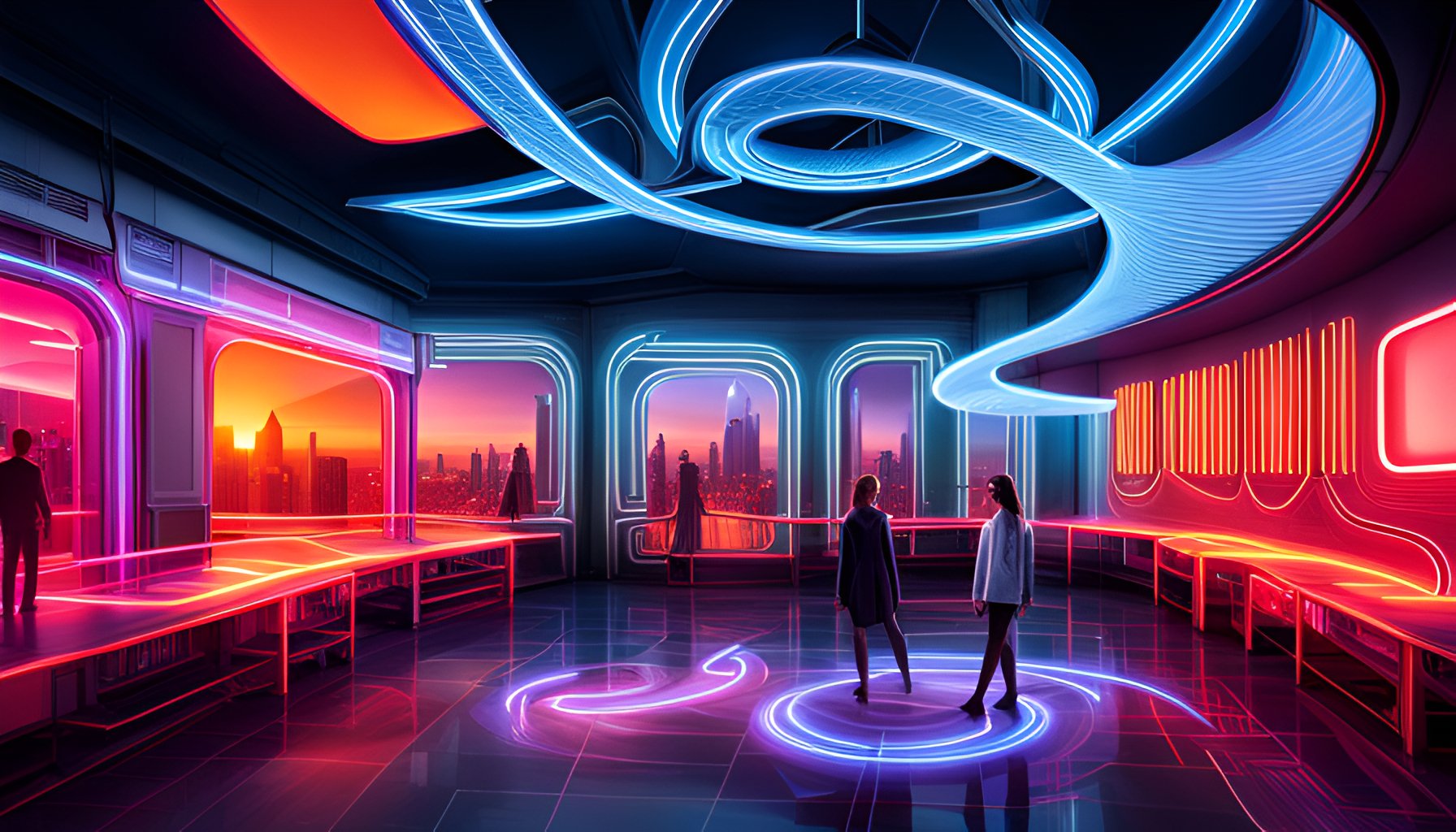Neon Product Design: Integrating Neon into Industrial Design
Neon has long been associated with vibrant and eye-catching signage. However, in recent years, designers have started to explore the integration of neon into various industrial products, resulting in unique and visually striking designs. This article will delve into the world of neon product design and discuss how designers are incorporating neon into industrial design.
Why Neon?
Neon offers a distinct aesthetic appeal that sets it apart from other lighting options. Its vibrant colors and soft glow create a mesmerizing visual experience. By incorporating neon into industrial designs, designers can infuse a sense of nostalgia, retro charm, and artistic flair into their products.
Applications of Neon in Industrial Design
Neon can be integrated into a wide range of industrial products, transforming them into unique and attention-grabbing pieces. Here are a few examples:
- Furniture: Neon lighting can be incorporated into furniture pieces such as tables, chairs, shelves, or even bed frames, adding a futuristic and modern touch to the overall design. It creates a captivating ambiance in living rooms, bedrooms, or commercial spaces.
- Home Decor: Neon signs and lighting can be used as decorative elements, creating a bold statement in living spaces or commercial environments. From neon wall art to neon-lit wall clocks, the possibilities are endless for adding a touch of vibrant elegance to any space.
- Automotive: Neon accents can be added to car interiors, creating a visually stunning and immersive driving experience. From neon-lit dashboards to under-car neon lights, neon can transform the look and feel of a vehicle, enhancing its overall aesthetic appeal.
- Fashion Accessories: Neon can be infused into accessories like handbags, shoes, or jewelry, making them stand out and adding an element of uniqueness. Neon-inspired accessories are a fantastic way to make a fashion statement and express individuality.
- Electronics: Neon can be incorporated into electronic devices and gadgets, giving them a futuristic and cutting-edge appearance. Neon-lit keyboards, headphones, or gaming consoles add a touch of excitement and style to technology products.
- Lighting Fixtures: Neon lighting can be used to design innovative lighting fixtures for both residential and commercial spaces. From neon pendant lights to neon chandeliers, these fixtures serve as functional art pieces that illuminate and enhance the ambiance of any room.
- Architecture: Neon can be integrated into architectural elements, such as building facades, entrances, or outdoor installations. It adds a visually striking element to the overall design, making structures stand out and creating a captivating visual experience for viewers.
- Product Packaging: Neon can be incorporated into packaging design, making products more visually appealing on store shelves. Neon accents on product labels or packaging can help products catch the eyes of consumers and create a memorable brand identity.
Challenges and Considerations
While integrating neon into industrial design offers exciting possibilities, it also presents some challenges. Here are a few considerations for designers:
- Electrical Safety: Neon lighting requires proper electrical handling and insulation to ensure safety. Designers should work closely with electrical engineers to ensure that the neon components are installed correctly and adhere to safety standards.
- Durability: Neon tubes are delicate and can be susceptible to damage, so designers need to consider ways to protect and reinforce them. Using durable materials and protective casings can help prolong the lifespan of the neon elements in industrial products.
- Power Consumption: Neon lighting can be energy-intensive, so designers should explore energy-efficient options or consider using neon sparingly. LED neon lights are a popular alternative that offers energy-efficient and long-lasting neon-like effects.
- Design Integration: Blending neon seamlessly into an industrial design requires careful planning and consideration to maintain a cohesive aesthetic. Designers need to ensure that neon complements the overall design and does not overpower or clash with other elements.
- Maintenance: Neon elements may require periodic maintenance to ensure they continue to function properly and maintain their visual appeal. Designers should consider the accessibility and ease of maintenance when incorporating neon into industrial products.
The Future of Neon Product Design
The integration of neon into industrial design is an evolving trend that shows no signs of slowing down. As technology advances, designers are finding innovative ways to incorporate neon, such as flexible neon tubes or programmable LED neon lights. These advancements offer even more design possibilities and flexibility in creating visually stunning and captivating products.
In conclusion, neon product design offers a unique way to infuse industrial products with a retro and artistic charm. By incorporating neon, designers can create visually striking pieces that capture attention and evoke a sense of nostalgia. The applications of neon in industrial design are vast, ranging from furniture and home decor to automotive, fashion accessories, architecture, and product packaging. While there are challenges to overcome, the future of neon product design looks promising, with ongoing advancements pushing the boundaries of creativity and innovation.



Leave a comment
This site is protected by hCaptcha and the hCaptcha Privacy Policy and Terms of Service apply.